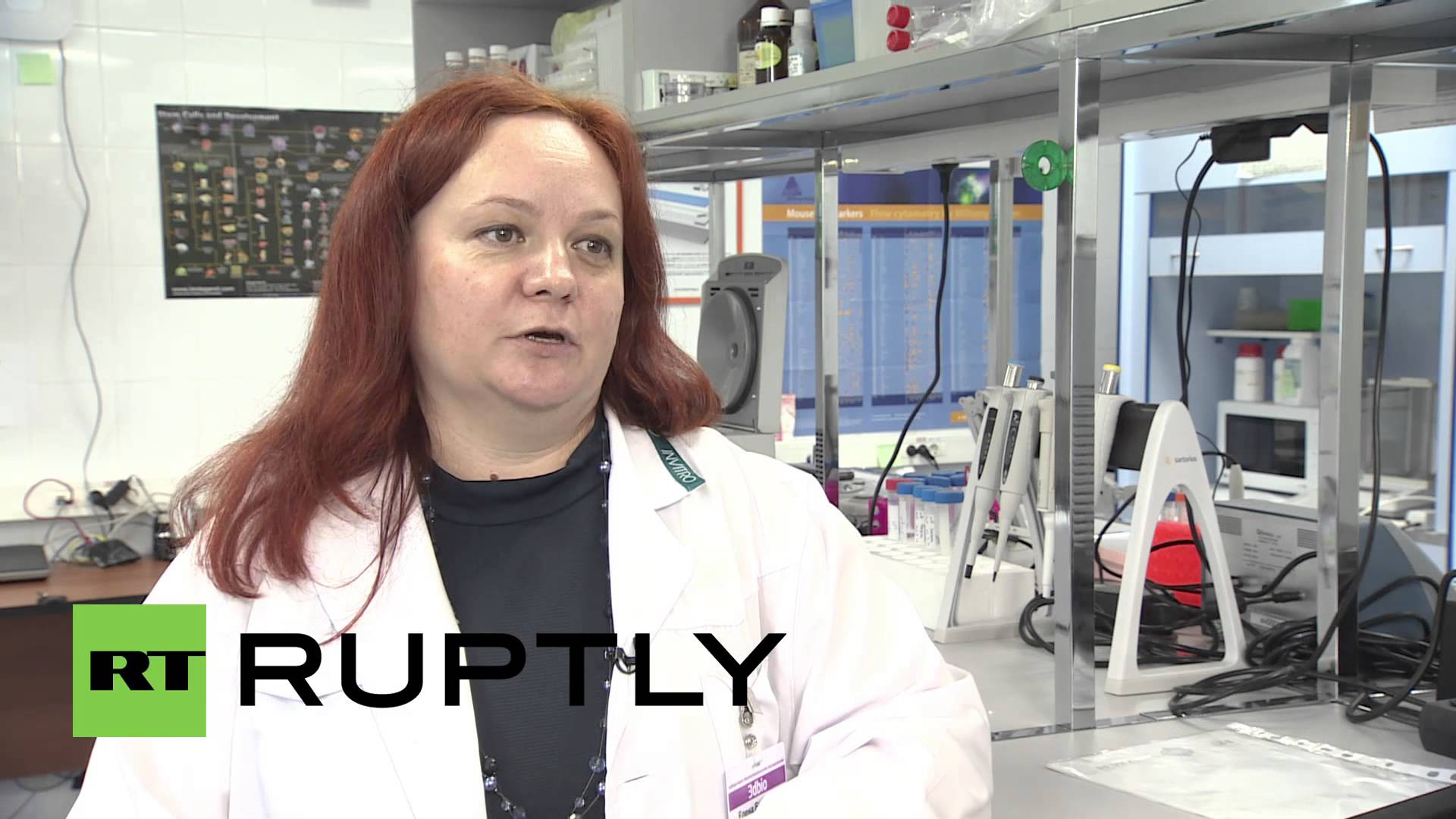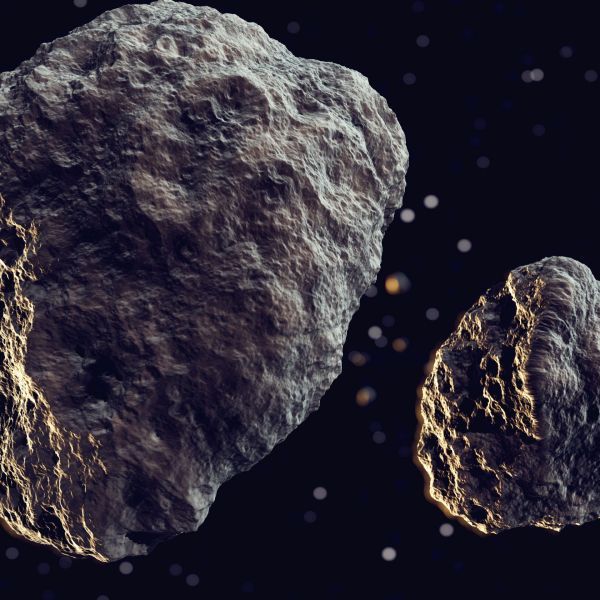Nov 26, 2015
New study finds that teaching is not essential for people to learn to make effective tools
Posted by Matthew Holt in categories: education, engineering, space
Well if we do have a major SHTF event even though we don’t have many skilled tool makers any more. Then at least the remains of society should be able to teach itself tool making.
A new study from the University of Exeter has found that teaching is not essential for people to learn to make effective tools. The results counter established views about how human tools and technologies come to improve from generation to generation and point to an explanation for the extraordinary success of humans as a species. The study reveals that although teaching is useful, it is not essential for cultural progress because people can use reasoning and reverse engineering of existing items to work out how to make tools.
The capacity to improve the efficacy of tools and technologies from generation to generation, known as cumulative culture, is unique to humans and has driven our ecological success. It has enabled us to inhabit the coldest and most remote regions on Earth and even have a permanent base in space. The way in which our cumulative culture has boomed compared to other species however remains a mystery.


















